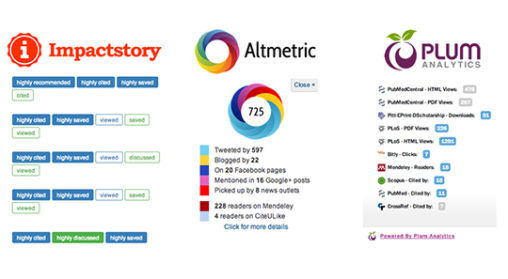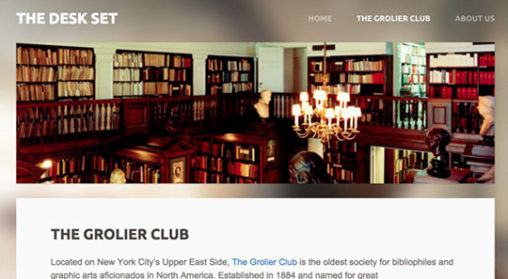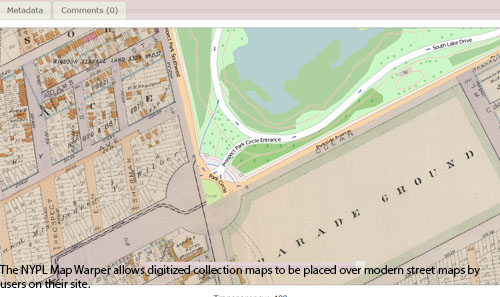Category: 2015Page 3 of 3
“This presentation will describe a semester of answer reference questions from incarcerated people.
The presentation will focus on various aspects, including: The right to information as it applies to incarcerated people, Information needs for re-entry, education and leisure, ethical dilemmas for librarians, challenges of a-synchronous reference. “
“How effective are embargoes?
How big of a global environmental problem is overfishing?
Two research projects try to answer these questions by examining legislative, parliamentary and legal sources by focusing on two case studies, one examines the trade embargo on Iran and the other examines overfishing in Somalia.”
The quip “build it and they will come” has never been truer than in the case of bike lanes and bicyclists in NYC. In this presentation I will discuss NYC’s bicycling infrastructure spanning from the birth of the country’s first bike lane in 1894 Brooklyn to the post-Bloomberg infrastructure we enjoy today.
This project centered on the creation of a linked-data friendly JSON-LD schema for storage and retrieval of cemetery records. I used python scripts to query a crowd-sourced database (BillionGraves.com), normalize the data and ingest it in the JSON-LD schema.
This research paper discusses the data policies of the National Oceanic and Atmospheric Administration (NOAA) and the European Organisation for the Exploitation of Meteorological Satellites (EUMETSAT) and analyzes their impact within the larger weather community. Special attention is paid to their respective data centers, and how the data policies encourage or discourage access, reuse, and preservation of the data.

I will be presenting my academic blog post on the emergence of altmetrics as an alternative to traditional journal impact factor ((http://bit.ly/1O46zd5). I’ll address the arguments both for and against altmetrics and discuss my brief examination of the impact of one scholar’s research via traditional citation metrics versus via altmetrics.
In order to gain insight into the usability of the MTA’s website, a team of evaluators from Pratt Institute’s School of Library and Information Science conducted a Heuristic Usability Evaluation. To facilitate improved display and access to current content, the evaluators suggest a reorganization and streamlining of the homepage, clearer labeling on the Schedules & Fares page, and the addition of further visuals to aid the user in their selection process.
For the past 150 years, Dime Savings Bank of Williamsburgh has become the community bank for the Brooklyn area, garnering loyal, lifelong customers and a well established reputation. In an effort to aid Dime Bank in better serving both their loyal customers as well as prospective ones, three evaluators from Pratt Institute’s School of Information and Library Science conducted usability tests on Dime Bank’s website.
This design story documents the process of redesigning the Bronx County Historical (BCHS) website. BCHS presents a wide range of historical materials, is active in fundraising, and hosts monthly public events. It places a great deal of importance on its website in promoting its mission and sharing its resources, but does so in a crowded digital environment. New York City is home to many historical and cultural organizations that are in competition with BCHS for attention and fundraising dollars.
A story of how We’re From Geocities, a design team from Pratt Institute, used information architecture and interaction design best practices to re-design the website of National Film Preservation Board.
This video was created as if I were giving an academic job talk for a position at the University of North Texas Libraries. The topic I was assigned for my presentation was, “current and emerging trends in digital media preservation and how libraries have/can/should address these needs.”
My paper is centered on digital literacy, digital inclusion, the challenges public libraries face in becoming more digitally inclusive (e.g., funding), the importance of access to broadband, and examines libraries’ central roles in bridging digital divides in the United States.
This is a set of materials for a potential after school book club. The club involves middle school aged students reading a selection of books, writing reviews, and voting for a winner. Includes an informational brochure, bookmark, and advertising poster for this club.

